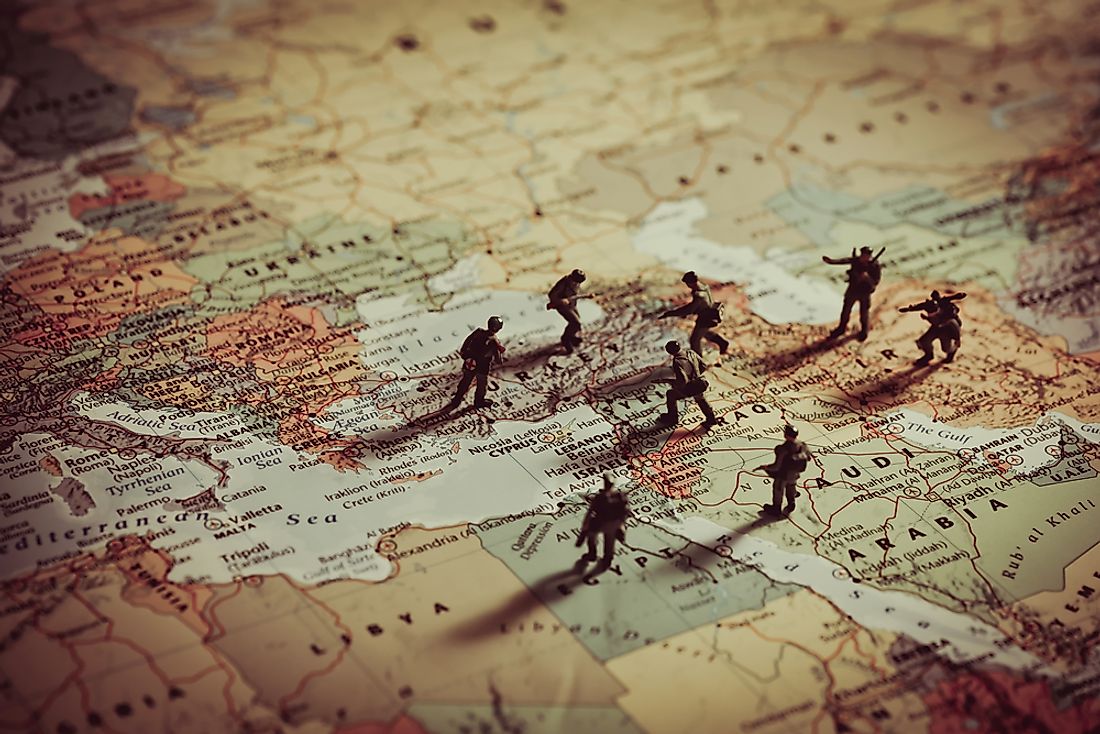
In one way, the resolution takes an unprecedented action by allowing the President to unilaterally put American troops into conflict. (This is because the legislative branch is reactionary, meaning the Supreme Court could not get involved unless a suit is brought and makes its way up to the court).

Presidents have typically considered the War Powers Resolution to be unconstitutional, and so they have tended not to follow it. This unwillingness has never been challenged by another actor (congress, civilians, etc), so the Supreme Court has never decided on the issue. Further, the statute requires the President to remove all troops after 60 days if Congress has not granted an extension. troops to Southeast Asia without Congressional approval, in 1973 Congress responded by passing the War Powers Resolution. The Resolution sought to halt the erosion of Congress's ability to participate in war-making decisions, an aim furthered by the Resolution's requirement that the President communicate to Congress the commitment of troops within 48 hours.

War Powers ResolutionĪfter the Kennedy, Johnson, and Nixon Administrations spent nearly a decade committing U.S. These scholars tend to construe the Clause narrowly, asserting that the Founders gave the President the title to preserve civilian supremacy over the military, not to provide additional powers outside of a Congressional authorization or declaration of war.

Some scholars believe the Commander in Chief Clause confers expansive powers on the President, but others argue that even if that is the case, the Constitution does not define precisely the extent of those powers. The questions of whether and to what extent the President has the authority to use the military absent a Congressional declaration of war have proven to be sources of conflict and debate throughout American history. Article II Section 2 of the U.S. Constitution, the Commander in Chief clause, states that "he President shall be Commander in Chief of the Army and Navy of the United States, and of the Militia of the several States, when called into the actual Service of the United States."


 0 kommentar(er)
0 kommentar(er)
